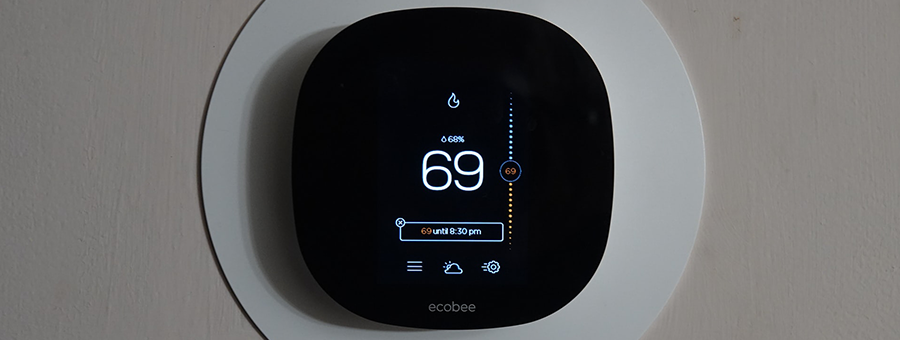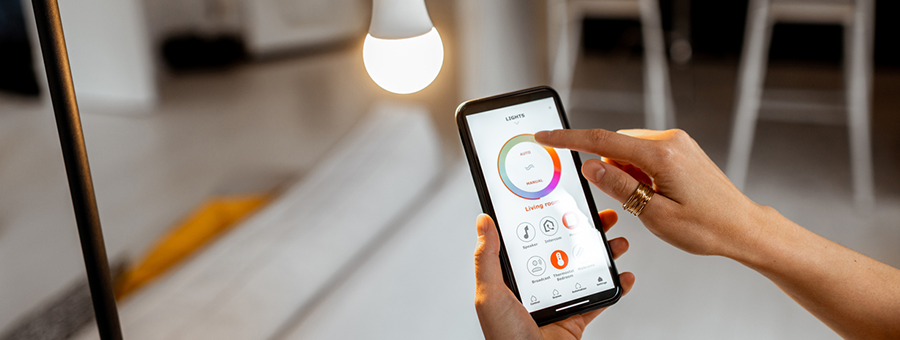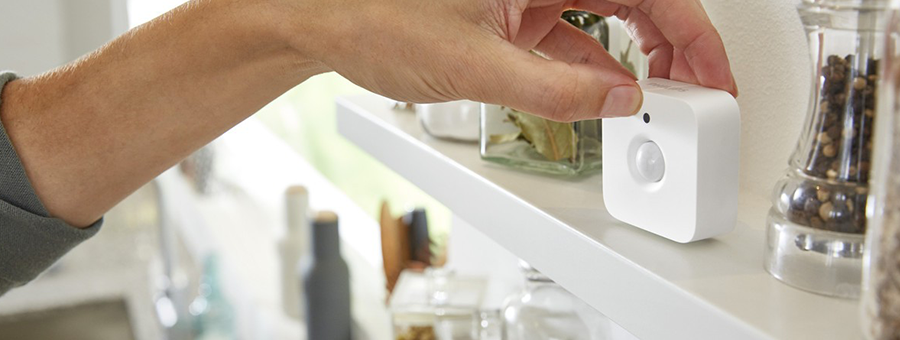One of the most talked about occupational trends since the global pandemic began has been the rise in remote work. The number of computer-based workers who can foreseeably work from home two-to-three days a week is now between 20 and 25 per cent. That’s almost five times the number of workers who were doing remote work before the pandemic.
Michelle Branigan, the Chief Executive Officer for Electricity Human Resources Canada (EHRC), notes that the pandemic has reignited conversations and expectations around work-life balance.
“We conducted a number of surveys over the last two years with both employers and employees,” says Branigan. “Many respondents (48 per cent) mentioned increased productivity as a positive result of working remotely, but even more spoke of having time back in their life to do the things that they enjoy. They don't want to spend time in traffic that could be spent walking the dog or going to the gym. Picking the kids up earlier from school is also a huge consideration. So even more than salary, time proved to be the most valued commodity.”
While there’s a lot to appreciate with remote work, bringing the workplace home does have some drawbacks (it’s not for everyone) and it can impact your energy bill. During the early days of the pandemic, make-shift home offices were taking over dining room tables and kitchen countertops, or popping up inside walk-in closets and even garages. For some, remote work is a permanent reality, so it’s a good time to think creatively about how to set up a home office to be more productive and energy conscious.
Hydro Ottawa participated in an energy research study published by ScienceDirect in 2021 which found that of 500 Ottawa homes measured, the average daily household electricity consumption increased by about 12 per cent in 2020 compared to 2019 and 2018.
For the purposes of this blog we’re going to lightly touch on computer hardware and other peripherals, but mainly focus on your work-home environment and the tech that exists to help optimize your comfort and energy-savings.
Create a dedicated workspace
To start, SaveONenergy, an offshoot of the Independent Electricity System Operator, recommends finding a permanent workspace - no more being a nomad in your own home. Not only will you be more productive and improve concentration, but you can save energy at the same time by not going room to room turning on lights and adjusting the temperature in different parts of the house.
Geofencing won’t block you in
Remote-work isn’t limited to the home. Some smart thermostats offer geofencing. Paired with your smartphone, your thermostat detects when you’re home and when you’re working away at a coffee shop - so it adjusts the temperature of your home accordingly.
Too hot to handle
As a general rule, most people work better in cooler temperatures, so resist turning up your heat by throwing on a sweater or blanket during the workday and letting the sunshine in to warm your home naturally. In summer months, keep your home cool by shutting the sun out, and wearing lighter clothing in the house - especially shorts - since no one will likely see them when you’re on those team video calls anyway. Summer or winter, your energy bill will thank you.
Laptops not desktops
Laptops are more efficient than desktop computers because users tend to utilize the battery-mode, they are turned off more often when they’re not in use, and they consume between one-fifth to one-third less power than a desktop. If your job requires you to have a higher-performance desktop computer, take advantage of sleep or standby mode to reduce energy as much as possible.
Light the task not the room
Consider setting up lighting that is more task-oriented, such as using desk lamps as much as possible. Smart LED bulbs are not only highly energy-efficient, but also highly customizable. You can connect them to your wifi and turn them on or off via an app on your phone or via voice command to a smart speaker. The beauty of LEDs is that they can be adjusted to any intensity and colour temperature.
Outlet shopping
Smart outlets enable users to remotely power on and off any devices plugged into them. Likewise, you can schedule your smart outlets to power on and off at specific times of the day or night.
Work smarter not harder
Smart speakers are becoming common household command centres as people dive into the world of voice command. They offer incredible convenience as they can easily integrate with many other applications and smart devices. Ask your smart speaker to turn on the lights, play your favourite workday playlist, and even do some simple work research or calculations for you.
A sixth sense
For those who already own smart LED bulbs, smart motion sensors make for a great add-on. Strategically place them where you want in any room, and the sensor will turn the lights on whenever there is activity (author’s note: I have not tested for paranormal activity). Many models also have a daylight sensor to prevent turning on the lights when daylight is sufficient. Overall, they are great devices for convenience and energy savings - and perfect for your home office.
Free upgrades
Finally, making your home office (and home overall) more energy-efficient doesn’t have to come with a big price tag. For income-eligible customers, SaveONenergy’s Energy Affordability Program offers energy-saving upgrades tailored to the specific needs of your home, all at no cost to you. This could include free LED lighting, timers, smart power strips, smart thermostats, and much more. Visit their website to learn more and to see if you qualify.



